f*ck your soggy salad. nourish better.
how tech leader pooja aphale does her body good—without limp lettuce
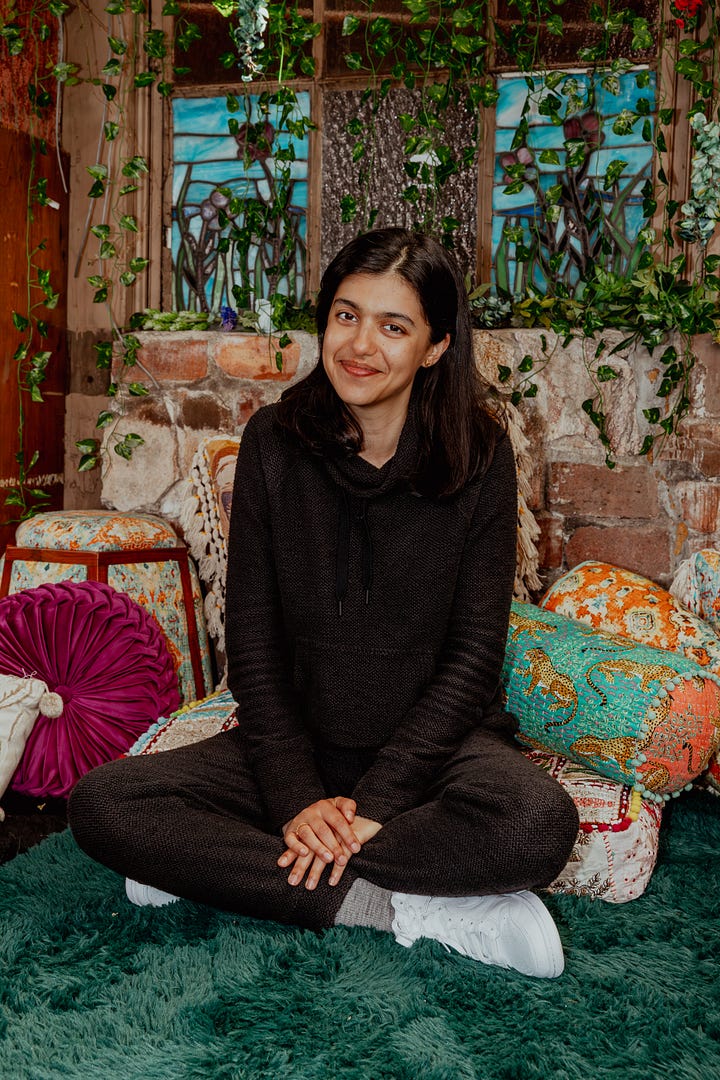
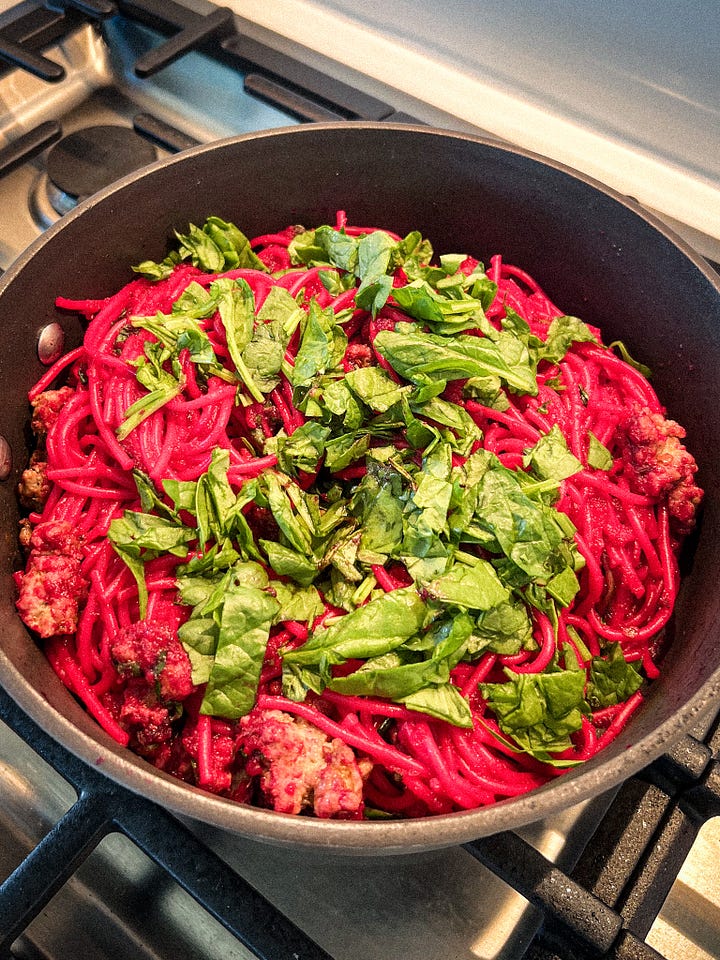
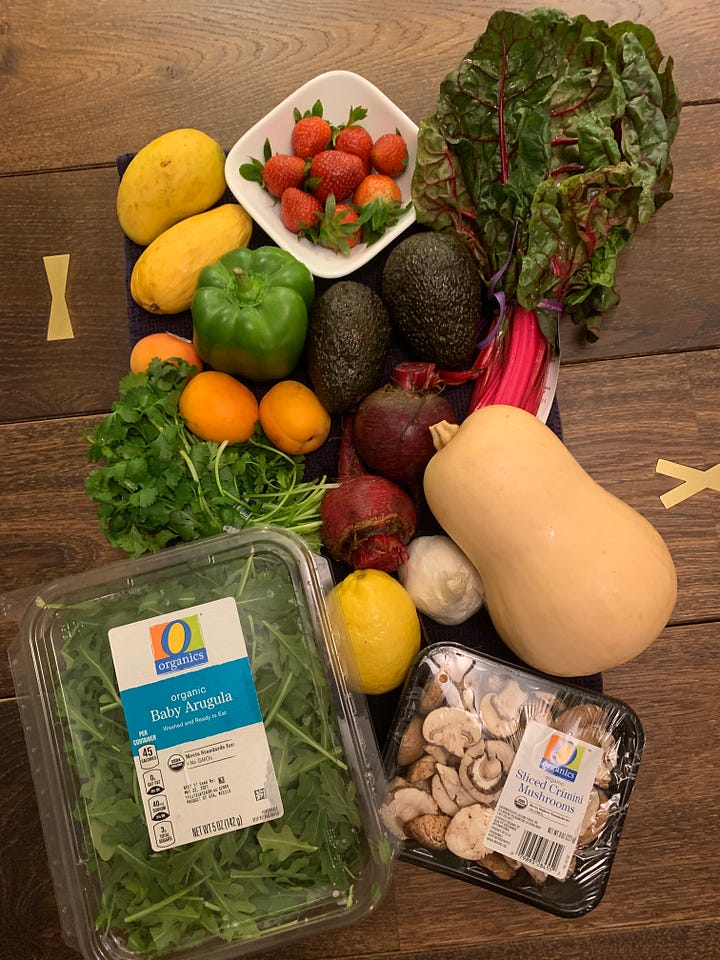

Back in the day, I wrote this headline for a Daily Harvest email: “You are what you eat.” I liked it. Cheeky. Cheesy (you know, corporate things). Well-known enough to land with everyone.
They scrapped it.
But the line lives again, and it’s the perfect way to capture tech industry leader Pooja “Ja” Aphale’s culinary journey: from nightly Michelin dinners on the company to cultivating a cozy rooftop greenhouse and whipping up Green Bowls—not salads—in her kitchen.
Ja and I met in Berkeley this spring and bonded over a shared affinity for eating deliciously, with emphasis on where our food comes from and how nutritious it actually is once we get it.
She thinks about food and nourishment in the same way that she thinks about her work—identifying a fruitful goal and finding the most operationally efficient way to get there.
When Ja told me that salad—likely the first meal people pledge to eat more of when they decide to eat healthy—had bad branding, I knew she was my type of foodie. (In my head, I was like, yesss, because #brandingislife!)
Now, I do like a good salad. But Ja has a point—a rebrand couldn’t hurt. Because in my mind, “I’ll just have a salad” definitely brings Cosmo dating advice vibes with a side of SlimFast and Weight Watchers. Then there’s the price-to-satisfaction ratio. Twenty dollars later, I’m usually like, ‘yep, could’ve made this at home.’
Ja’s mission to “optimize the salad” started around 2019. She was four years into her cross-country move from North Carolina to San Francisco, and starting to reassess how she'd been living.
“I was in the consulting field when I first moved here,” Ja tells me over Zoom. “I was traveling everywhere, and I ate out for every meal. I didn't even question it; I never thought about the food I was eating. I was like, ‘Oh, it's a nice restaurant, it's fine,’ and that was pretty consistent.
It wasn't until the beginning of 2019, when I'd gotten out of consulting and had to be fully responsible for what and where I ate, that I refocused, re-centered, and realized how much room for optimization [in my diet] there was.”
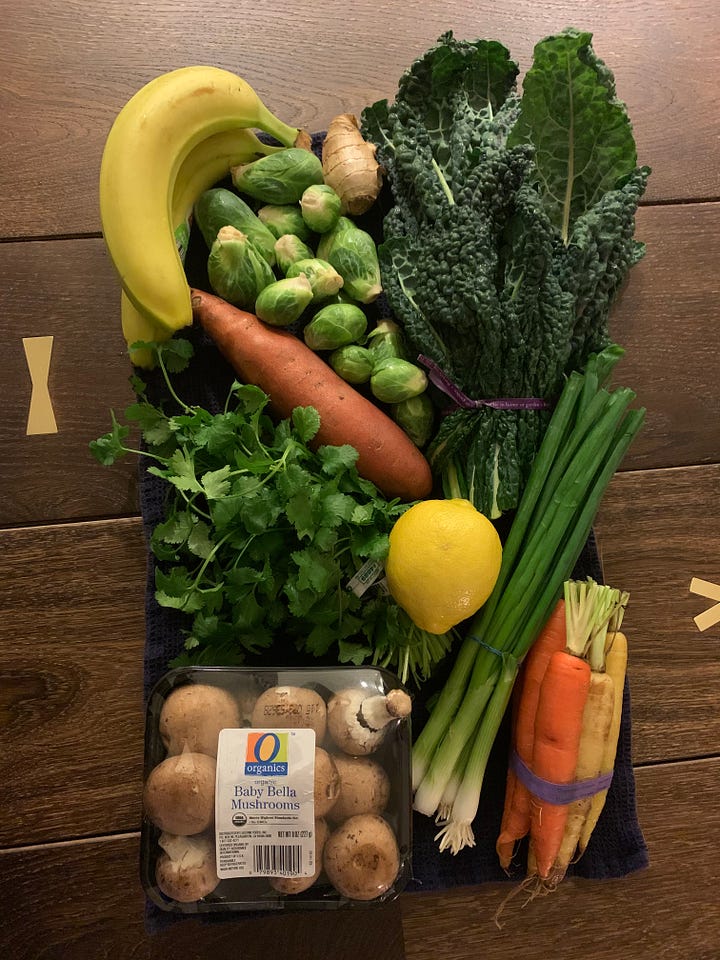



At this point in our call, we tangent into how easy it is to eat at restaurants religiously: the stories you tell yourself (“It’s sushi, not McDonald’s!”), being blissfully unaware of the preservatives you're taking in, and then all of a sudden, your clothes stop fitting.
“You think you are healthier than X, Y, Z, but are you?” Ja says. “What standard are you holding yourself to? Are you just comparing yourself to others, or is it better than yesterday for you?
In 2019, I started focusing heavily on how my food choices and food education can be better than yesterday. Isn't your well-being the most important project of your life?”
Like any heroine on a journey, this is the trial-and-error part of the story.
“When I decided I wanted to focus more on ingredients and how food tastes, looking into the market, my closest companion was a salad,” Ja tells me—her consultant brain clearly firing.
“But when I thought about salad, two things came to mind: First, my culture and my heritage—which is Indian—allowed me to be exposed to meals with vegetables that were spiced and seasoned, with dynamic flavors and textures—basically turned into whole pieces of art. Now you’re giving me cold, wet leaves? Then the second piece was how much of a bad rep salads get.
The marketing’s off. A salad on an interview? You'll look silly. Or on a date, you're just shoving a dripping piece of lettuce in your mouth with a fork? Or maybe you're trying to lose weight, but will something unfulfilling really stop you from grabbing a processed snack?
I didn't want to align with that. So, I thought, what can I create that I feel good about every day?”
With this data in hand, Ja got busy innovating her Green Bowls—and there are rules:
No forks
No dressing
Think about how flavors work for you, personally and generally
Source quality ingredients (low chemical usage, local harvesting)
Include a leafy green
Add a balanced blend of chopped veggies, fruits, and nuts
Include proteins: lentils, beans, cheese, or meat
Add a grain that suits you
Optimize texture, taste, and time
“Make sure the texture makes sense,” Ja says. "If you're having something juicy like a grapefruit, add a little crunch. If you have a lentil, that's smushy. If you have a tortilla, that's smushy. Avocado? Smushy. So, add some green onions. Put some lettuce in there, or red cabbage. Mix it up a little bit so the texture feels right, and you don't have to rely on a sopping dressing.”
Another très important factor is time.
“Yes, it's about quality ingredients. Yes, the ingredients have to go together and be healthy, but how long are you spending making this?” Ja asks. “Optimize your time so you’re eating a lot of nutrients that could be put together in a relatively short amount of time that taste so good, you crave them.”
While Ja mostly shops at in-walking-distance Whole Foods ($80-$100 a trip, depending on what’s already at home, to make around nine meals), she’s a fan of farmers markets and grows her own herbs, peppers, and green beans.
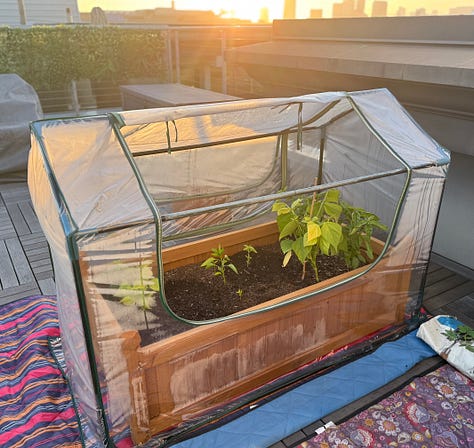
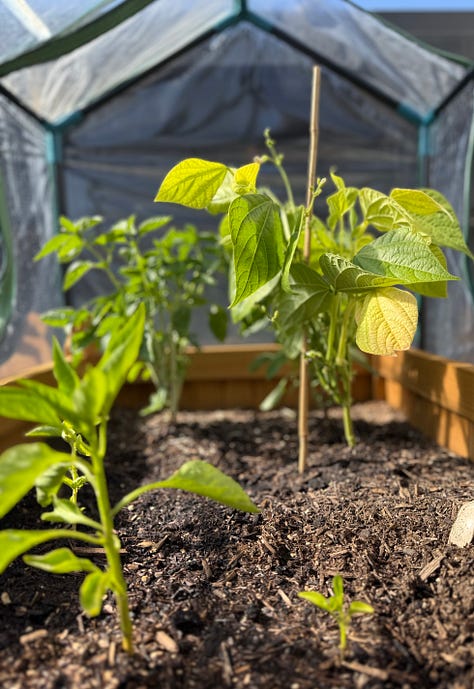

“It's four by two, and because I live in San Francisco, which is dry as a bone, I have a little greenhouse cover thing on top of it to keep it humid,” Ja explains. “It's the first year I'm doing it. Before I expand, I just want to make sure I see more successes than losses.”
Beyond Green Bowls and growing food, Ja is passionate about composting. She tells me how she’s innovating there too—freezing her scraps until it’s time to toss them.
“No flies, no bugs, less frozen food in your freezer. It just makes it easier. There are so many barriers, and I want to make things easy and simple for people.”
You can check out Ja’s measurement-free Green Bowl recipes at NomRight and grab her grocery list below.
Getting all up in Ja’s Business…
Favorite Green Bowl
"I had to pick two—my Tortellini Green Bowl and my Lentil Green Bowl. They’re super easy and fast, and feel hearty. Especially good for someone new to the healthy eating game.”
Go-to ingredient to spice up a sad lunch:
"Red cabbage and/or herbs—all the herbs. I love mint, basil, thyme, cilantro, rosemary, and chives."
Always in the fridge:
"Arugula. Always. That peppery flavor is everything."
Something new she’s into:
"I’ve been getting more into Ayurveda. It’s all about, ‘the tomato isn’t good or bad—is it good or bad for you?’ Different people react better or worse to different foods.
I got this Ayurvedic book from a temple with monks in Belgium—I know, so random, it was on a family trip—and didn’t read it for years. Then, during the pandemic, when I was already focusing inward, I finally picked it up.
At the same time, I was reading Astrophysics for People in a Hurry by Neil deGrasse Tyson, and it was wild to observe how a 3,000-year-old practice like Ayurveda explained cosmic consciousness while Tyson’s book used equations and modern science to prove the exact same thing.”
What she’s reading:
"I got this new cookbook, Plant to Plate by Gaz Oakley—that’s been nice. And a few months ago, Big Vegan Flavor by Nisha Vora. I’m not vegan, but vegans really get creative with vegetables, and I want to see that side. Like, what else is out there besides just frying up asparagus as a side?"
Advice for plant-killers:
“You have to sing to your plants. You have to give them some sound waves.”





